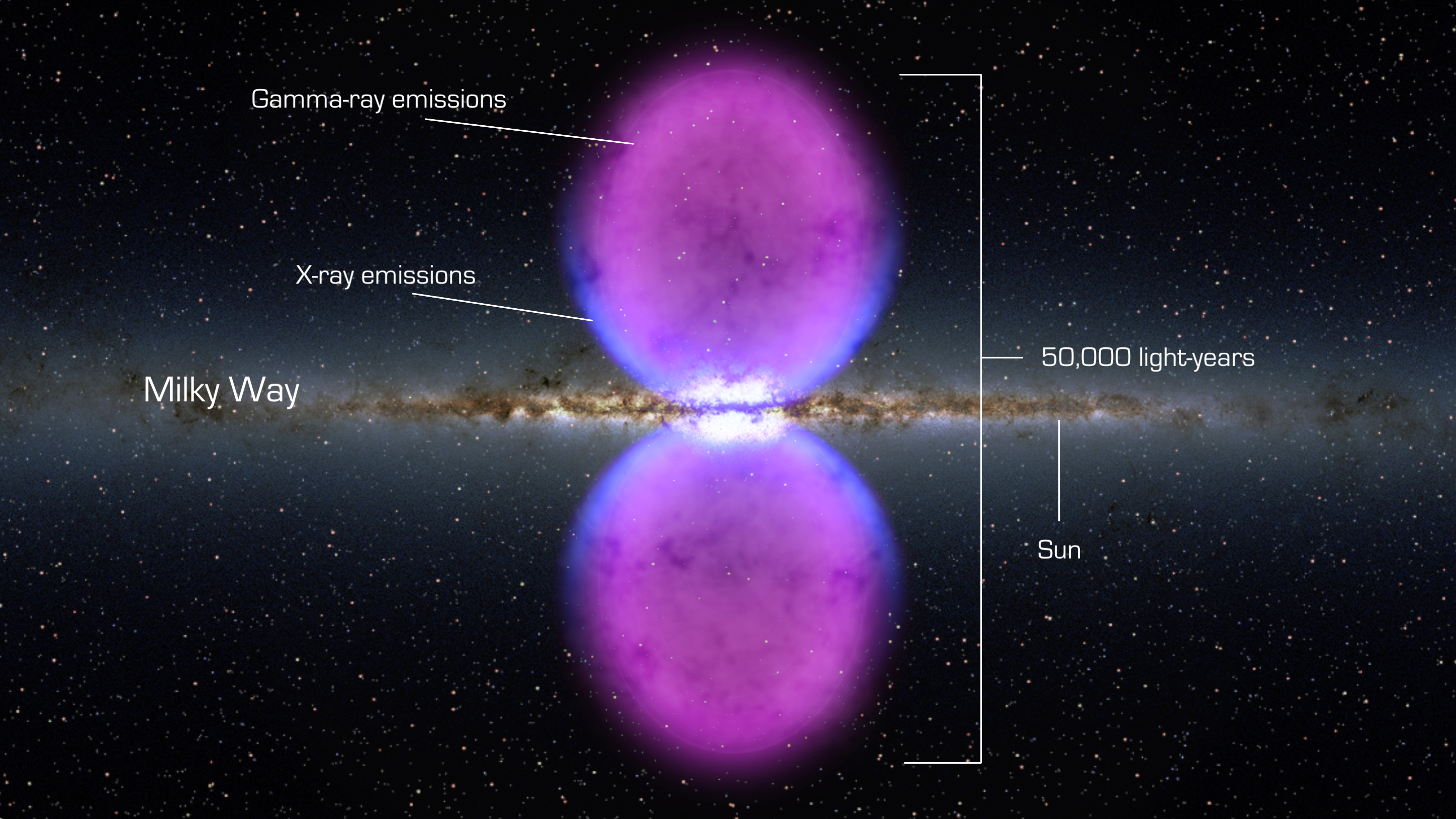Electric Universe: Galaxy Theory
The Electric Universe Theory proposes that many galaxies function like giant electric motors with a plasma stream flowing through the galactic core. From the core, plasma is routed into the rest of the galaxy. This plasma forms magnetic fields which hold the structure of the galaxy as it moves. This plasma also powers the stars themselves and governs celestial phenomena as stars move through the plasma environment.
No Need For Dark Matter and Black Holes
The standard, gravity centered, model of galaxies has a number of problems, which theorists solve by inventing mysterious forces and objects. Many galaxies, for instance, spin as a unit, as if they were a large rotating interconnected object. Kepler's laws of motion suggest that the inmost objects of the galaxy should orbit many more revolutions than the outer most objects, much like planets orbit within a solar system.
To fix this problem, dark matter and black holes were invented. These hypothetical phenomena are fudge factors which are used by conventional physicists, to explain why the observations violate the laws of physics.
The Electric Universe, on the other hand, needs no such exotic phenomena. In an Electric Universe super dense plasma streams flow through the center of the galaxy, which have strong magnetic fields and explain the rapid motion of stars in galactic cores. These plasma streams are routed into the galaxy, where the magnetic field which forms around an electric current, forms galactic structures such as galactic arms.
Magnetic fields, rather than gravity, hold together the galaxy, this solving the mystery of the supposed missing mass often discussed by conventional theorists.

Plasma Bulbs, emitting x-rays and gamma rays, extending 25,000 light years on both sides of the Milky Way disc.
The Electric Universe Theory can also help to have an interesting lens for looking at galactic phenomena. There are many aspects of galactic phenomena which are difficult to explain using the standard model.
Among these mysteries in the standard model are:
- The rotational velocity of spiral disc galaxies. Spiral disc galaxies are rotating faster than the force of gravity, as it is conventionally known, would be able to hold it together.
Documentaries
MaverickScience ElectricUniverseTheory
| File | Last modified | Size |
|---|---|---|
| 6a00d8341bf7f753ef01a511ee08fa970c.jpg | 2017-01-02 06:43 | 3Mb |
